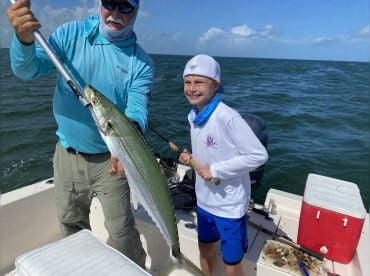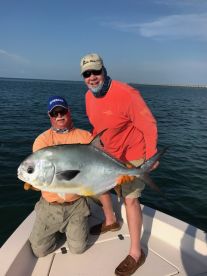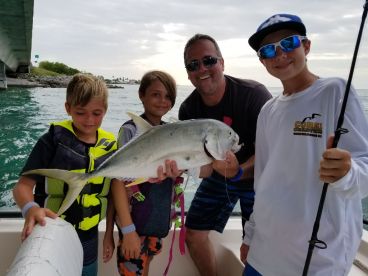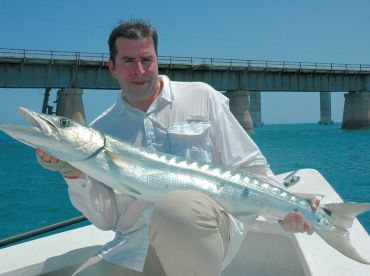What to expect in March & April
Март 01, 2017
Marathon
1 фото
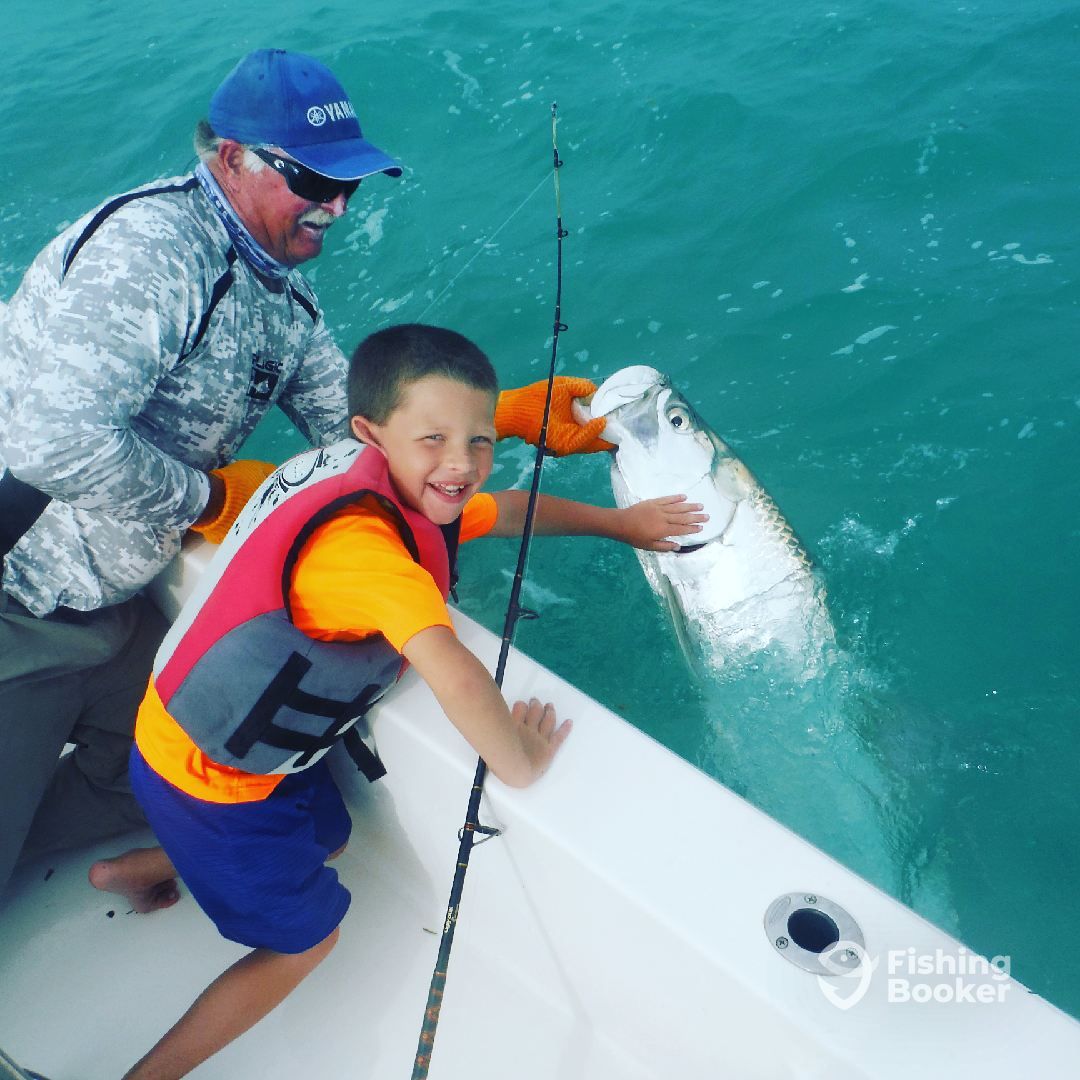
Описание тура
Описание тура
The months of March and April bring on a transition period for the backcountry, one which has been long awaited by both guides and anglers alike. Although cold fronts will still rumble in from the North (particularly in March), they will be of less severity than those of the two previous months. The space between the fronts will be greater as well. It is during these March warming trends that the backcountry will really come alive, and April should provide even more consistent fishing. Although breezy conditions will prevail at least through late April, the water temperature will warm up considerably (March 70 – 72 degrees, April 73-75 degrees).
Up on the flats look for good action with bonefish, especially in April. It will now be possible to sight-fish for them up on the flats, rather than blind casting into deepwater muds (the standard technique for winter bonefishing). Rather than fight the breezy conditions inherent with these months, many guides will employ chumming techniques (tossing diced shrimp up onto a shallow sandy spot and allowing the wind to spread the aroma down current). to bring the “bones” into casting range. Of course the calmer days will provide great sight casting opportunities for “tailing” bonefish…and these conditions will become more frequent with each passing week.
The fish that gets the most attention by knowledgeable flats fishermen at this time of year however, is not the bonefish, but the wily permit. The backcountry flats are generally swarming with permit in early March, and shortly thereafter should be found in good numbers throughout the Keys oceanside flats. For those who’ve ever wanted to join that select fraternity of anglers who have caught a permit on a fly, April is the time. The sheer numbers of permit at this time, combined with the fact that they are not as spooky inthe breezes of early Spring make them logical targets at this time. And should you be lucky enough to find a permit following a stingray (a common condition in early Spring), then you’ve found an “angler friendly” fish that will probably eat whatever you toss its way (small crab, shrimp, jig, or fly).
The backcountry channels should be filling up with tarpon in March, and from there they’ll filter down to the bridges and hang out there in force for the next several months. Although the numbers aren’t as great as they’ll be in May, March or April typically produces our largest tarpon of the year. (See feature article on tarpon fishing on this website for additional details).
Good things are happening up in Everglades National Park as well. Shallow-water sight fishing for redfish will improve with the warming water. Seatrout will continue to please, both in quantity and quality. And snook fishing should drastically improve. Perhaps the most common statement I heard this past winter from backcountry snook fishermen was, “We found plenty of snook but they wouldn’t eat.” This won’t be the case with warming water; anglers can expect a lot more cooperation from the “linesiders” whether they are fishing up in whitewater Bay or the river and creek mouths along the outside. Live finger mullet, pilchards, or small pinfish “mini-pinnies” are my favorite baits but jig and shrimp combos and plugs will account for a lot of snook too. And don’t pass up a chance to target them with light tackle on the deeper edges of the flats as they lay in ambush mode, waiting for bait to be swept off the flat on the falling tide. This is my favorite way to catch snook, as there are no mangrove root systems for the fish to dart into. Thus, an angler can drop down to 8 or even 6 pound line and really have some fun.
March and April are two of the best months to fish Florida Bay. Mangrove snapper should be both plentiful and of decent size. Anglers willing to take the time to catch the ballyhoo that show up in their chum line (either with a castnet or a hair hook tipped with a tiny piece of shrimp) will do well with Florida Bay snapper. Cut the ballyhoo into one inch steaks, and then fish them on the bottom back in the chum line. Also expect some decent grouper (mostly gags) mixed in with those mangroves, and watch for cobia on some of those inshore wrecks.
For some truly outstanding cobia fishing, now is the time to invest a day in Gulf wreck fishing. Although the differentiation between Florida Bay and the Gulf of Mexico is somewhat nebulous, the wrecks, trap piles, and ledges that are fifteen miles or better from shore will provide excellent fishing for cobia, as well as grouper and large mangrove snapper.

